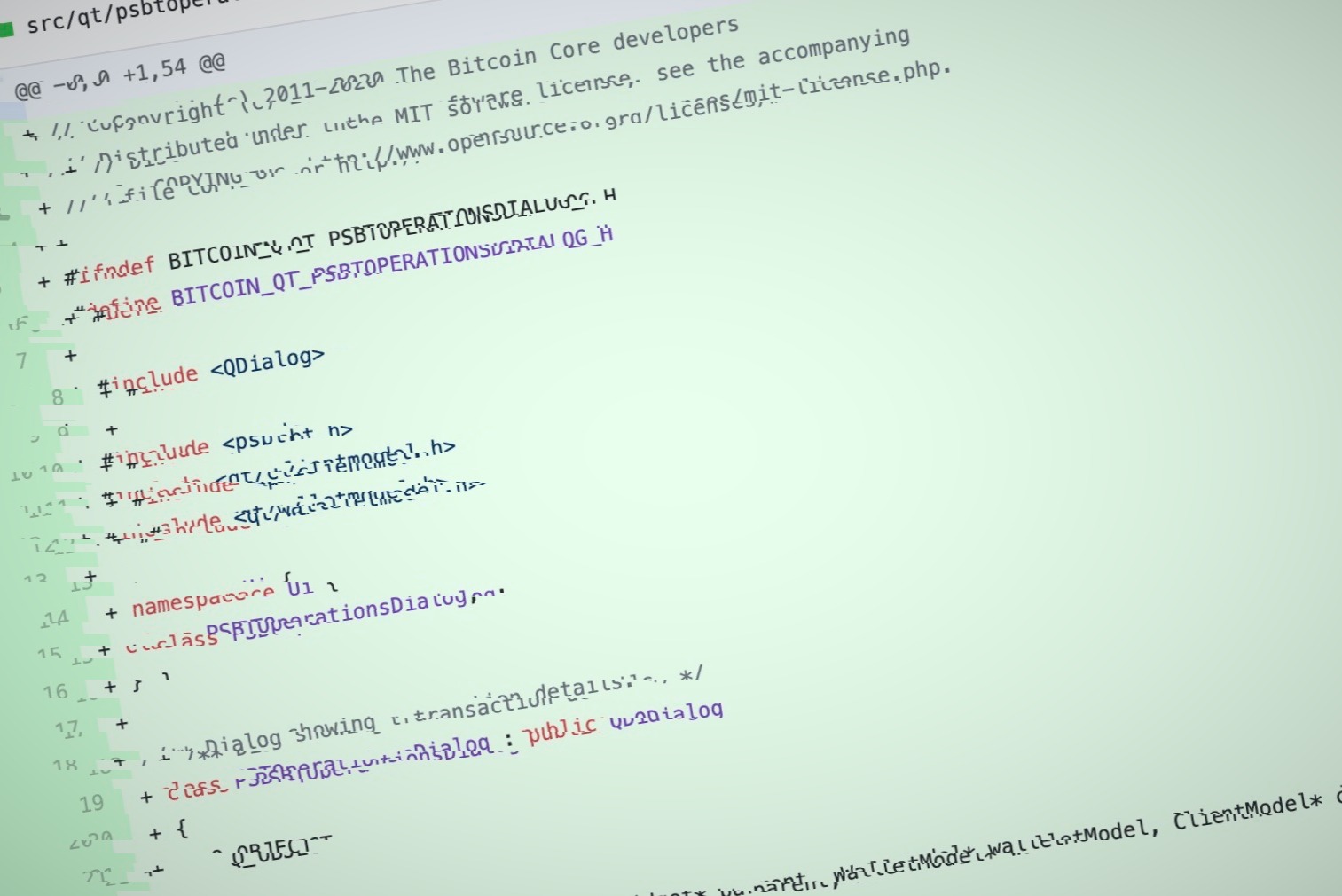Web3 Marketing Startup Spindl Launches On-Chain Ad Network
Spindl, a Web3 startup founded by Silicon Valley veteran Antonio Garcia Martinez, has launched what it bills as the first truly on-chain ad network.
Like Web2’s off-chain ad networks, this one connects advertisers, publishers, and providers of so-called attribution services that track where customers come from. In this case, the “publishers” are providers of crypto wallets that increasingly resemble social apps, with news feeds and “discover” tabs.

13:37
Digital Assets Are ‘More Sensitive’ to Interest Rate Hikes: Expert

00:43
Could Solana’s SOL Hit $200 by Month End?

01:58
Genesis Set to Return $3B to Creditors; Craig Wright Lied to UK Court ‘Extensively’: Judge

00:56
Metaverse Lets Users ‘Defy Gravity’: VBG Founder
To be clear, the serving of ad content would occur off-chain as usual. But the advertisers would transfer funds for a campaign to a smart contract, which would release the money to the publisher only once the attribution provider verifies, by reviewing on-chain data, that an ad led to a sale. Conducting ad business this way brings advantages to all parties, according to participants.
“It’s more transparent. It’s fair. It’s natively on-chain. It’s, to be blunt, better for privacy,” said Garcia Martinez, CEO of Spindl, whose core service is attribution. “We’re not using weird, sketchy Web2 data,” such as consumers’ browsing history or their personal information, to target campaigns – just on-chain transactions, which are already public.
“We’re not doxxing anybody,” he said.
This article is part of CoinDesk’s Web3 Marketing Week series, presented by Cookie3.
What’s in it for advertisers
Unlike the “cost per mile” model of web advertising, in which advertisers pay a price based on the number of times consumers see ads regardless of whether they buy anything, this network’s advertisers will pay only for on-chain conversions, Garcia Martinez said. Such events could include a user minting an NFT or swapping tokens through a decentralized exchange or depositing crypto into a DeFi liquidity pool.
In turn, the wealth of public data about crypto wallet activity makes for more sophisticated prospecting.
“A lot of our clients are looking for Web3-native ways to target new users,” said A.J. Banon, general partner at Serotonin, a marketing agency that will buy ads on the network on behalf of crypto projects. He gave a hypothetical example of a project that wants to sell fashion-related NFTs for 0.05 ether (ETH) a pop.
“A traditional way of targeting someone might be to find out who follows Louis Vuitton on Twitter, and also follows a Web3 account,” Banon said. That’s crude compared to what you can do with on-chain data: search for users who have minted an NFT in a given time period (the last 24 hours, say); whittle the results down to those who paid something close to the project’s target price; of the remaining 50,000 users, whittle it down further to 12,000 who have fashion NFTs in their wallets.
“Now, we have a really targetable audience that we have a high degree of confidence is going to convert,” Banon.
What’s in its for publishers
Referring to wallets as publishers might sound odd. But Garcia Martinez, who worked in the early 2010s as Facebook’s first ad targeting manager, sees these services quickly evolving into portals to Web3, as Yahoo was for Web1 in the late-1990s. Like Yahoo, they can make money on ads, to supplement their transaction fee revenues.
The wallet business has become “super-competitive,” so providers are “super-motivated to become more than a transaction app,” Garcia Martinez said. “I think you’re gonna start seeing a lot of social experiences and transactional wallets kind of come together.”
On this side of this market, the new network’s flagship participants are Collab.land and Daylight, which will sell ad inventory on behalf of crypto wallet services, Garcia Martinez said. (He said he couldn’t identify the wallet providers themselves.)
Traditional publishers, such as crypto news sites, can also use the network, he said; Decrypt and RugRadio have done test campaigns.
Collab.land is best known for its integrations that allow users to sign in with their wallets to crypto communities’ token-gated websites, Discord servers, Telegram channels and the like; on its website it boasts more than 10 million wallet connections. Daylight brings another 5 million active wallet addresses across its partners, Garcia Martinez said.
What’s different, what’s next
Other ad networks claim to be native to Web3, but “there’s nothing Web3 about them,” Garcia Martinez said. “They just have some crypto publishers they resell inventory for. There’s nothing actually going on on-chain.”
Spindl has no plans to issue a token for the network, though Garcia Martinez wouldn’t rule it out. For now, payment can be made in stablecoins like USDC, or other existing tokens.
Neither is the network tied to any one blockchain. The choice of chain depends on where the advertiser wants to track events or payouts, Garcia Martinez said. Most clients are using Ethereum Virtual Machine-compatible chains, or their own chains, he said.
At the moment, Spindl is the network’s sole attribution provider, verifying that an ad impression led to a conversion, thus acting as the smart contract’s oracle, for a cut of the revenue. In the coming months, Garcia Martinez said, he aims to open the network to rivals.
“It’s a real mentality shift for us to go from a world where we’re ruthlessly competing … and suddenly I have to put on my little protocol hat and say, ‘welcome’ to a lot of these companies,” he said. “But that’s the way it is.”









